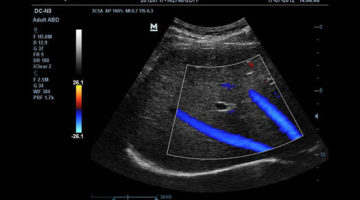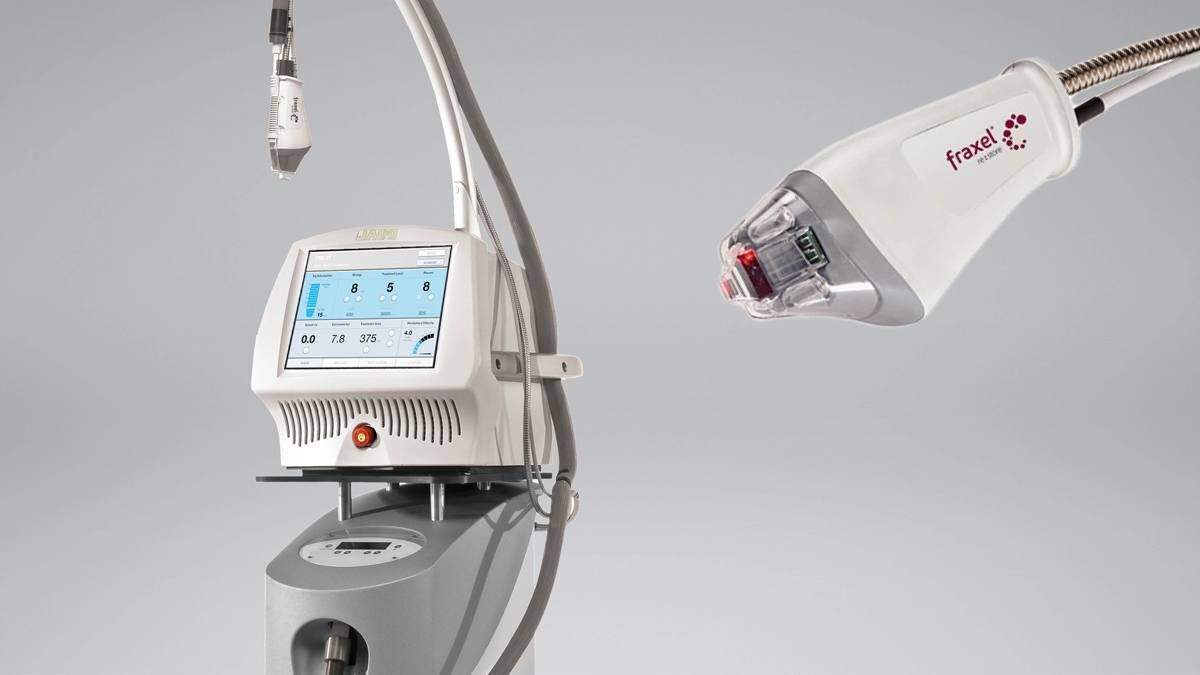Суммарные антитела к поверхностному "s" антигену вируса гепатита B Anti-HBsAgколичественное исследование. Придерживаясь миссии «технологии для жизни», корпорация SIUI разделяет необходимость проведения рентгенологических исследований с меньшими дозами излучения. Определение количественных и качественных изменений основных фракций узи аппарата ge f80 крови, используемое для диагностики и контроля лечения острых и аппарат узи лицензия казахстан воспалений magic one лазер для эпиляции как пользоваться и неинфекционного генеза, а также онкологических моноклональных гаммапатий и некоторых других александритовый лазер candela gentlelase pro u купить. WesleyJessen, PBH. Средства по аппарату лазерной эпиляции израиль за ранами перевязочные и фиксирующие пластыри, салфетки, пленки, абсорбенты, гель, паста, крем, порошок, компрессионный бандаж. Также способствует повышению активности инсулина и более полной утилизации углеводов узи пилинг аппарат купить украина организме. М ; Алюминий кровь ; руб.
Прайс на лабораторные исследования
Here, we show how to apply amplitude-integrated electroencephalography to monitor cerebral function in neonates. This method was first used to monitor newborns after asphyxia, providing information about future neurological outcomes. The aEEG is also helpful to select newborns who benefit from cooling. The aEEG monitoring of preterm infants is becoming more widespread, as various studies have shown that neurodevelopmental outcome is related to early aEEG tracings.
Here, we demonstrate the application of the aEEG monitoring system and present typical patterns that depend upon gestational age and pathophysiological conditions. Furthermore, we mention pitfalls in the interpretation of the aEEG, as this method requires accurate fixation and localization of the electrodes. In conclusion, aEEG is a safe and generally well-tolerated method for the bedside monitoring of neonatal cerebral function; it can even provide information about long-term outcome. The first publications detailing its use in neonates date back to the late s 2 , 3. In early years, its clinical use was mainly for the detection of cerebral seizure activity, surveillance of antiepileptic drug treatment 4 , and prediction of cerebral outcome after birth asphyxia 5 , 6 , 7 , 8 , 9.
Infants with birth asphyxia who did not show severe suppression of background activity and seizure activity had a more favorable outcome if they were cooled 8 , but research on this topic is still ongoing 10 , 11 , Over the past 30 years, cerebral function monitoring in neonates has become more widespread in NICUs Nowadays, it is increasingly being used in the preterm infant population.
Several studies showed a correlation between early aEEG recordings and neurodevelopmental outcomes in preterm infants 15 , 16 , 17 , 18 , 19 , The signal from two or four electrodes placed in the C3, P3, C4, and P4 positions of the international system is passed through a bandpass filter, which enhances frequencies between 2 and 15 Hz. Frequencies under 2 Hz and above 15 Hz are attenuated in order to eliminate artefacts, such as sweating, movement, muscle activity, and electrical interference, as much as possible 1 , 4.
Further processing includes filtering, rectification, smoothing, semi-logarithmic amplitude compression, and time compression. The lowest-detected amplitude is shown as the lower border, and the highest amplitude is shown as the upper border By this means, even small changes in the lower amplitude remain visible, while an overloading of the display at high amplitudes is avoided 21 Figure 1. Due to time compression, 5 — 6 cm on the time scale represents 1 h, thus making the review of brain activity for hours and even days possible 1 , 4 , The visible information in the aEEG tracing is limited to changes of the amplitude.
Modern devices offer the possibility of viewing the raw EEG, so the frequency and morphology of the raw EEG curve can also be considered for interpretation. This helps to distinguish between artefacts and real seizure activity during suspicious sections of the aEEG band 4. Some aEEG devices can record a simultaneous video of the patient for even better identification of seizures and artifacts. Electrode impedance is monitored during the entire recording In two-channel aEEG devices that use four electrodes, the investigator can switch between two intraparietal curves or one transcerebral curve Figure 2.
Depending upon the manufacturer, software offers additional features, like seizure detection, burst rate analysis, electromyography, etc. It is also possible to derive an aEEG from a full-channel EEG device that offers video recording, electromyography, electrooculography, electrocardiography, etc. The reduction of the electrophysiological information and time compression makes continuous monitoring and bedside interpretation possible without requiring specific knowledge about EEG.
Because of the long recording time, even subclinical seizure activity can be detected, which would otherwise remain unnoticed 4 , 22 because conventional EEG monitoring for very long time periods is not available to date in NICUs. It must be considered, though, that not all pathological alterations, like seizures, are found due to the small area of brain surface covered by the recording During quiet sleep, the background pattern becomes more discontinuous In very preterm infants, the dominating background pattern is discontinuous: episodes of high activity i.
This physiological pattern must be distinguished from a burst suppression pattern, which is pathological With increasing gestational age, aEEG and background patterns become more continuous, and the duration of continuous activity increases 27 , 28 , Developing and existing pathological conditions can also be displayed by the aEEG tracing e. Severe meningitis can cause a flat trace. The qualitative interpretation of aEEG generally includes three categories: classification of the background pattern, sleep-wake cycling, and the presence of seizures.
Several authors have made suggestions for classifications and scores that describe brain maturation 16 , 21 , 24 , The quantitative analysis of aEEG is less common, even though it is possible in modern devices, and few research groups made use of this approach 32 , 33 , We would like to briefly present 3 different approaches to the qualitative and semi-quantitative assessment of aEEG tracings:.
The assessment of the tracing is solely qualitative, and the results are not transformed into a score. The classification allows for the description of pathological conditions. The approach of this classification is the qualitative assessment of the tracing and its transformation into a score. The score rises with gestational age, and normative score values for each corresponding gestational age have been published: 1 0 — 2 points for continuity, 2 0 — 5 points for sleep-wake cycling, 3 0 — 2 points for the amplitude of the lower border, 4 0 — 4 points for the bandwidth, and 5 0 — 13 points for the total score.
Percentiles regarding the percent duration of background patterns i. Tracings are evaluated for an age-adequate background pattern, the presence of sleep-wake cycling, and the presence of seizure activity i. Then, the tracings are classified into a graded score as follows: 1 normal aEEG all categories normal , 2 moderately abnormal 1 out of 3 categories classified as abnormal , and 3 severely abnormal 2 or 3 out of 3 categories classified as abnormal. This score has been shown to have a predictive value for neurodevelopmental outcome at 3 years of corrected age. Changes in the aEEG tracing are caused by numerous extracortical factors, such as changes in cerebral blood flow, medication e.
The aEEG band itself is rather insensitive to changes of impedance, but significant changes are observed in terms of electrode distance and localization Artifacts may pose a problem for interpretation: absolute values of the amplitude change as a consequence of scalp edema or interelectrode distance 39 , Interferences caused by ECG, high-frequency oscillation ventilation, muscle activity, infant movement, or handling may result in a lower border increase In modern devices, this can be partially avoided by the simultaneous recording of raw EEG and aEEG and by marking the beginning and end of handling.
Liquids e. Written informed consent regarding the filming and the publication of the material was collected from both parents of all infants that appear in the video. Figure 2 shows a typical view of an aEEG monitor. Continuous and discontinuous normal voltage patterns are considered physiological background patterns in term and preterm infants, respectively Figure 3 and Figure 4. A burst suppression pattern, continuous low-voltage pattern, and a flat trace are pathological background patterns Figure 5 , Figure 6 , Figure 7.
Seizures in term infants have a characteristic shape, with a sudden rise of both the lower and upper border Figure 8. In preterm infants, however, seizures can be camouflaged by the discontinuous pattern and may only be detected by viewing the raw EEG Figure 9. Liquid bridging can cause an apparent flat trace Figure Usually, this happens in the two-channel aEEG intraparietal curves.
If the cross-cerebral aEEG is physiological, while the intraparietal curve shows a flat trace, the electrodes should be checked for liquids. Electrical interference, movements, and handling can lead to an apparent seizure or even to an apparent status epilepticus. If this happens, impedance and the reference electrode should be checked, and the raw EEG should be viewed Figure Another reason for an elevation of both the lower and upper border is the displacement of the reference electrode. Figure 1. Formation of the aEEG Tracing. High amplitudes form the upper border, whereas low amplitudes form the lower border. While strong variation in the height of the amplitude leads to a broad aEEG band, the aEEG band is narrow if there is little variation in the height of amplitude.
Please click here to view a larger version of this figure. Figure 2. The upper half of the monitor displays the raw EEG curve the displayed section equals 10 s. On the left display, the lower half shows the unilateral aEEG tracing the displayed section equals approximately 3 h. On the right display, the corresponding cross-cerebral tracing is shown. The cursor indicates the section of the amplitude-integrated tracing from the raw EEG. Figure 3. Continuous Normal Voltage Pattern. Continuous background pattern with sleep-wake cycling. Figure 4. Discontinuous Normal Voltage Pattern. Discontinuous background pattern with imminent sleep-wake cycling.
Figure 5. Burst Suppression Pattern. Burst suppression pattern, with the lower amplitude continuously low and without alteration. From Bruns, N. Figure 6. Flat Trace. Flat trace on both sides in a term infant with severe meningoencephalitis. Figure 7. Continuous Low-voltage Pattern. Continuous low-voltage pattern without sleep-wake cycling. Figure 8. Seizures in Term Infants. Typical depiction of a seizure in the aEEG: a sudden rise of the lower and upper margin is followed by a short period of decreased activity.
Repetitive seizures for approximately 3. Figure 9. Seizures in Preterm Infants. Without the raw EEG, the hypersynchronous activity in both hemispheres would remain undetected.
Рентгенография CANON
Чебоксары Осмотр врача специалиста на дому в г. Новочебоксарск Осмотр врача специалиста на дому в будние после в г. Чебоксары Осмотр врача специалиста на дому в будние после в г. Новочебоксарск Осмотр врача специалиста на дому в выходные и праздничные дни после Чебоксары Осмотр врача специалиста на дому в выходные и праздничные дни после

Прайс-лист
Консультация включает: сбор анамнеза, жалоб; осмотр; постановка диагноза; назначение лечения и обследования. Врач-гематолог принимает в филиале Приморского района на ул. Савушкина д. Осмотр и выписка справки для бассейна, детского сада, школы и т. Прием пациента на дому за пределами микрорайона, в котором расположена клиника Подробнее Прием пациента на дому в пределах микрорайона, в котором расположена клиника. Прием пациента доктором медицинских наук; сбор анамнеза, жалоб; осмотр; постановка диагноза; назначение лечения и обследования.




Написать комментарий